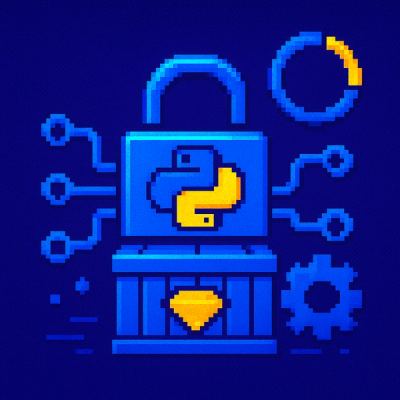
Security News
Another Round of TEA Protocol Spam Floods npm, But It’s Not a Worm
Recent coverage mislabels the latest TEA protocol spam as a worm. Here’s what’s actually happening.
github.com/PaloAltoNetworks/pango
Advanced tools
Package pango is a golang cross version mechanism for interacting with Palo Alto Networks devices (including physical and virtualized Next-generation Firewalls and Panorama). Versioning support is in place for PANOS 6.1 to 10.0.
Please refer to the godoc reference documentation above to get started.
To start, create a client connection with the desired parameters and then initialize the connection:
package main
import (
"log"
"github.com/PaloAltoNetworks/pango"
)
func main() {
var err error
c := &pango.Firewall{Client: pango.Client{
Hostname: "127.0.0.1",
Username: "admin",
Password: "admin",
Logging: pango.LogAction | pango.LogOp,
}}
if err = c.Initialize(); err != nil {
log.Printf("Failed to initialize client: %s", err)
return
}
log.Printf("Initialize ok")
}
Initializing the connection creates the API key (if it was not already specified), then performs show system info to get the PANOS version. Once the firewall client connection is created, you can query and configure the Palo Alto Networks device from the functions inside the various namespaces of the client connection. Namespaces correspond to the various configuration areas available in the GUI. For example:
err = c.Network.EthernetInterface.Set(...)
myPolicies, err := c.Policies.Security.GetList()
Generally speaking, there are the following functions inside each namespace:
Get() / GetList() / GetAll()Show() / ShowList() / ShowAll()Set()Edit()Delete()These functions correspond with PANOS Get, Show, Set, Edit, and Delete API calls. Get(), Set(), and Edit() take and return normalized, version independent objects. These version safe objects are typically named Entry, which corresponds to how the object is placed in the PANOS XPATH.
Some Entry objects have a special function, Defaults(). Invoking this function will initialize the object with some default values. Each Entry that implements Defaults() calls out in its documentation what parameters are affected by this, and what the defaults are.
For any version safe object, attempting to configure a parameter that your PANOS doesn't support will be safely ignored in the resultant XML sent to the firewall / Panorama.
Edit FunctionsThe PANOS XML API Edit command can be used to both create as well as update existing config, however it can also truncate config for the given XPATH. Due to this, if you want to use Edit(), you need to make sure that you perform either a Get() or a Show() first, make your modification, then invoke Edit() using that object. If you don't do this, you will truncate any sub config.
FAQs
Unknown package
Did you know?

Socket for GitHub automatically highlights issues in each pull request and monitors the health of all your open source dependencies. Discover the contents of your packages and block harmful activity before you install or update your dependencies.

Security News
Recent coverage mislabels the latest TEA protocol spam as a worm. Here’s what’s actually happening.

Security News
PyPI adds Trusted Publishing support for GitLab Self-Managed as adoption reaches 25% of uploads

Research
/Security News
A malicious Chrome extension posing as an Ethereum wallet steals seed phrases by encoding them into Sui transactions, enabling full wallet takeover.